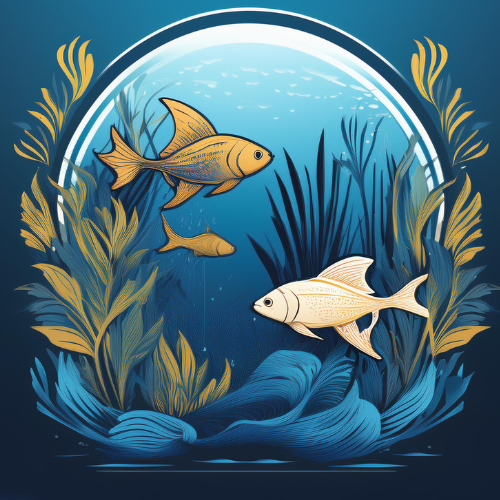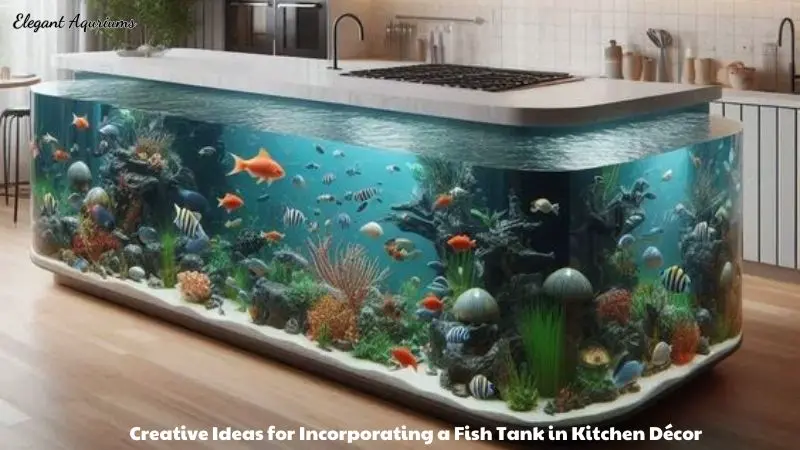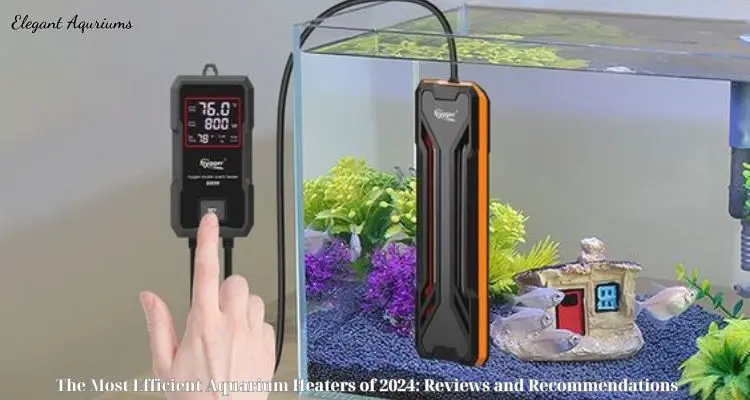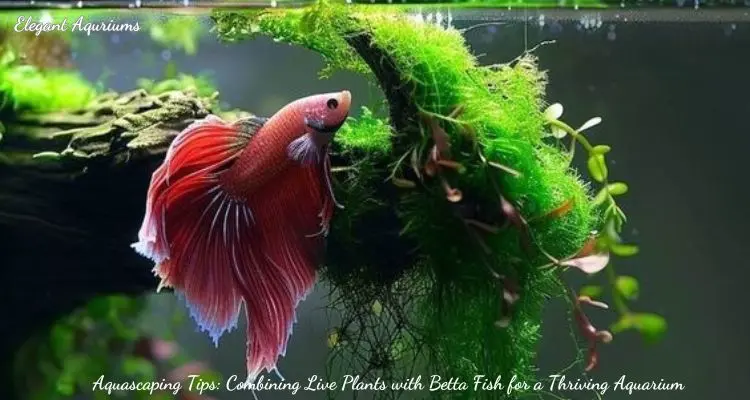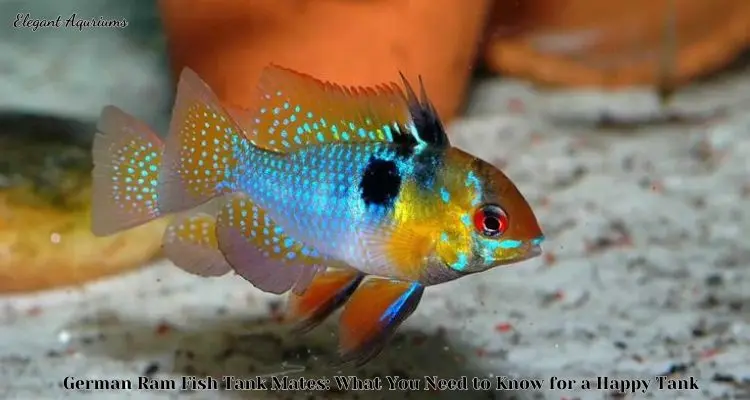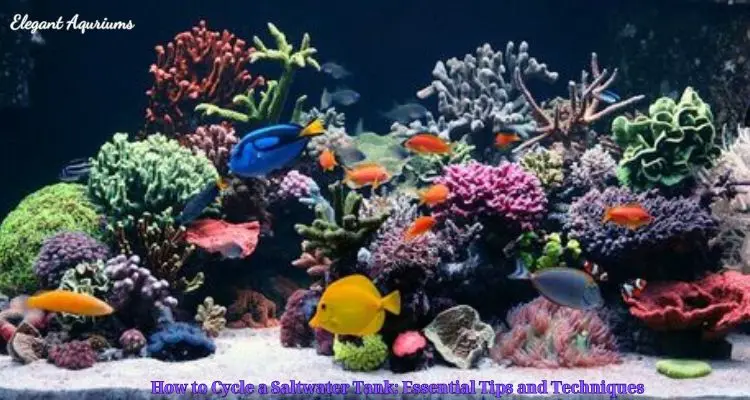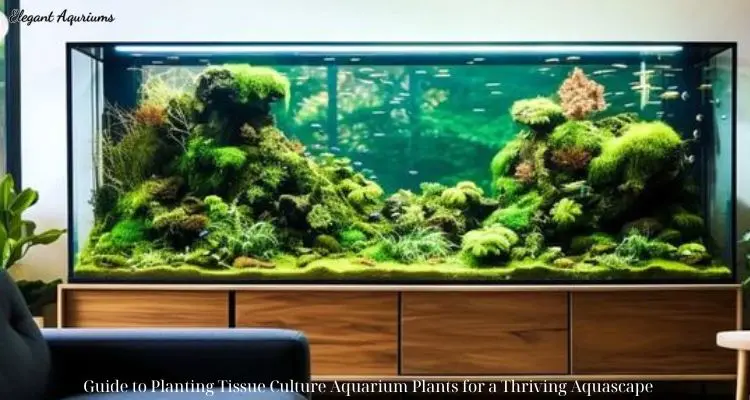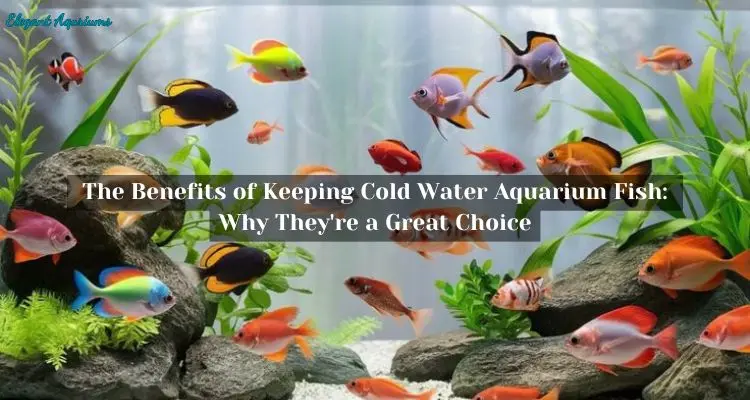Fish and fish varieties
Pygmy Puffer Tank Mates: Dos and Don’ts for a Harmonious Aquarium
Selecting the right pygmy puffer tank mates is one of the greatest challenges for aquarists. Pygmy puffers, scientifically known as Carinotetraodon travancoricus, are among the most captivating freshwater fish available. Their vibrant colors, intriguing behaviors, and small size make them a popular choice for hobbyists seeking to add excitement to their aquariums. However, their specific temperament and dietary needs require careful consideration to ensure compatibility and maintain a harmonious tank environment.
In this article, Elegant Aquriums will explore the essential dos and don’ts of choosing pygmy puffer tank mates, along with tips for creating a thriving aquatic habitat.
Understanding the Pygmy Puffer
Before we discuss suitable tank mates, it’s important to understand the unique characteristics and behavior of the pygmy puffer. This foundational knowledge is crucial for creating a harmonious aquarium.
Physical Characteristics
Pygmy puffers are the smallest of all pufferfish, typically reaching a maximum length of just one inch. Despite their size, they possess a striking appearance with a rounded body adorned with patterns of vibrant yellow, green, and brown markings. These patterns can vary between individuals, giving each fish a unique look that adds to their visual appeal.
Natural Habitat
In the wild, pygmy puffers inhabit the slow-moving, vegetation-rich waters of rivers and lakes in southwestern India. Their natural environment is filled with dense plant life, which provides ample hiding spots and feeding grounds. When setting up an aquarium, mimicking this habitat as closely as possible will contribute to the well-being of your pygmy puffers and their tank mates.
Behavior and Temperament
Pygmy puffers are known for their lively and inquisitive nature. They are constantly exploring their surroundings, which makes them a joy to observe. However, this curiosity is coupled with a territorial streak, particularly among males. This territorial behavior can lead to aggression if the tank is overcrowded or if unsuitable tank mates are introduced.
Dietary Needs
Pygmy puffers are carnivorous, requiring a diet rich in protein. Their primary diet consists of small live or frozen foods such as bloodworms, brine shrimp, and daphnia. They may also consume snails, which can help control snail populations in the tank. It is important to note that pygmy puffers typically show little interest in flake or pellet foods, so a diet tailored to their specific needs is essential for their health and well-being.
Dos for Choosing Pygmy Puffer Tank Mates
When selecting tank mates for pygmy puffers, several factors need to be taken into account to ensure a peaceful coexistence. Here are some dos to guide you in making the right choices:
1. Do Consider Tank Size
- Provide Adequate Space: Ensuring that your aquarium is spacious enough is one of the most important considerations. A larger tank minimizes territorial aggression by providing ample space for each fish to establish its territory. A minimum tank size of 20 gallons is recommended for a small group of pygmy puffers and their tank mates.
- Structured Environment: Create a well-structured environment with plenty of plants, rocks, and hiding spots. These elements break up the line of sight and provide refuge for tank mates, reducing stress and aggression. Consider using live plants such as Java moss, Anubias, and Java fern, which not only offer hiding places but also improve water quality.
2. Do Choose Non-Aggressive Species
- Peaceful Fish: Opt for peaceful and non-aggressive fish species that are less likely to provoke the territorial behavior of pygmy puffers. Avoid species that have a similar size or shape to puffers, as they may be perceived as competition.
- Schooling Fish: Consider adding small, fast-moving schooling fish, such as rasboras or danios. These fish tend to swim in groups and occupy different areas of the tank, making them less likely targets for aggression.
3. Do Monitor Behavior Closely
- Observation: Regularly observe the interactions between pygmy puffers and their tank mates. Look for signs of stress, aggression, or injury. Be prepared to make adjustments if any fish show signs of distress.
- Separation Plan: Have a contingency plan in place, such as a quarantine tank, in case separation is needed. If aggression becomes a problem, isolating the offending fish can prevent further harm.
4. Do Consider Invertebrates
- Snails: Certain types of snails, such as nerite snails, can coexist with pygmy puffers. While puffers may nip at the snails, their hard shells provide protection. Snails also help keep the tank clean by consuming algae.
- Shrimp: Larger shrimp species, like Amano shrimp, can be good tank mates as long as they are not small enough to be seen as prey. Provide plenty of hiding spaces for the shrimp to ensure their safety.
Don’ts for Choosing Pygmy Puffer Tank Mates
Avoiding certain fish and practices is crucial for maintaining a peaceful aquarium environment. Here are some important don’ts to consider:
1. Don’t Add Aggressive or Territorial Fish
- Cichlids and Betta Fish: Avoid aggressive or territorial species, such as cichlids and bettas, as they can lead to confrontations and stress for both the puffers and their tank mates. These fish are known for their assertive behavior and can quickly dominate a small aquarium.
- Fin Nippers: Steer clear of fish known for fin-nipping, such as tiger barbs and serpae tetras. Pygmy puffers have delicate fins that can be damaged by aggressive tank mates.
2. Don’t Overcrowd the Tank
- Avoid Overpopulation: Overcrowding can lead to increased aggression and stress. Maintain an appropriate stocking level to ensure all fish have enough space. As a general rule, follow the one-inch-per-gallon guideline for small fish.
- Monitor Water Quality: High bioloads can deteriorate water quality quickly, affecting the health of both pygmy puffers and their tank mates. Regular water changes and proper filtration are essential to maintaining optimal water conditions.
3. Don’t Mix with Slow-Moving or Long-Finned Fish
- Guppies and Angelfish: Avoid pairing pygmy puffers with slow-moving or long-finned fish, such as guppies and angelfish, as they may become targets for fin-nipping. The delicate fins of these fish make them vulnerable to curious puffers.
- Vulnerable Species: Fish that are vulnerable to stress or aggression should not be housed with pygmy puffers. Consider the temperament and physical characteristics of potential tank mates before making your selection.
4. Don’t Ignore Dietary Requirements
- Incompatible Diets: Ensure that tank mates have compatible dietary needs with pygmy puffers. Avoid species that require a completely different diet, as it can complicate feeding routines and lead to nutritional deficiencies.
- Monitor Feeding: Establish a feeding routine that ensures all fish receive adequate nutrition. Pygmy puffers can be aggressive feeders, so monitor feeding sessions to ensure other tank mates have a chance to eat.
Suitable Tank Mates for Pygmy Puffers

Now that we’ve covered the dos and don’ts, let’s explore some examples of suitable tank mates for pygmy puffers:
1. Kuhli Loaches
Kuhli loaches are peaceful, bottom-dwelling fish that can thrive in the same tank as pygmy puffers. Their eel-like bodies and nocturnal habits make them less likely to provoke aggression from the puffers. Kuhli loaches also help keep the substrate clean by scavenging for leftover food.
2. Otocinclus Catfish
Otocinclus catfish are small, peaceful algae eaters that can coexist with pygmy puffers. They spend most of their time grazing on algae, reducing potential conflict with puffers. Otocinclus catfish are also excellent at keeping the tank free from algae growth.
3. Cherry Shrimp
Cherry shrimp are small invertebrates that add color and diversity to the tank. Providing plenty of hiding spots will help them coexist with pygmy puffers without being seen as prey. Cherry shrimp are also efficient scavengers, consuming leftover food and detritus.
4. Ember Tetras
Ember tetras are small, schooling fish with a peaceful nature. Their vibrant colors and fast swimming behavior make them less likely to be targeted by puffers. These fish prefer the middle and upper areas of the tank, reducing competition for space with pygmy puffers.
Creating the Ideal Aquarium Environment
In addition to selecting the right tank mates, creating a suitable aquarium environment is essential for the well-being of pygmy puffers and their companions. Consider the following tips for setting up an ideal habitat:
1. Aquarium Setup
- Plants and Decorations: Incorporate live plants and decorations to create a visually appealing environment. Plants provide hiding spots and help diffuse aggression by breaking line-of-sight. Consider using plants like Anubias, Java fern, and mosses, which are hardy and require low maintenance.
- Substrate: Use a soft substrate like sand or fine gravel to prevent injury to the puffers’ delicate bodies. Avoid sharp or jagged substrates that could cause harm.
- Lighting: Provide moderate lighting to mimic the natural habitat of the pygmy puffers and support plant growth. Consider using LED lights with adjustable intensity to create a comfortable environment.
2. Water Parameters
Temperature: Maintain a stable water temperature between 74-82°F (23-28°C) to mimic the natural conditions of pygmy puffers. A heater can help regulate the temperature, ensuring a comfortable environment for all tank inhabitants.
- pH Level: Pygmy puffers prefer slightly acidic to neutral water, with a pH range of 6.5 to 7.5. Regularly test the water to ensure it remains within this range, as significant fluctuations can stress the fish and their tank mates.
- Water Hardness: These fish thrive in soft to moderately hard water, with a general hardness (GH) of 5-15 dGH. Maintaining the appropriate water hardness supports their overall health and well-being.
- Filtration and Aeration: Use a gentle filtration system to keep the water clean without creating strong currents. Sponge filters or low-flow internal filters are ideal choices. Proper aeration will ensure sufficient oxygen levels in the tank.
3. Feeding Practices
- Varied Diet: Provide a varied diet that includes live or frozen foods such as bloodworms, brine shrimp, and daphnia. Supplement their diet with occasional snails to mimic their natural feeding behavior.
- Feeding Schedule: Establish a regular feeding schedule, offering small portions multiple times a day. This approach ensures that pygmy puffers receive adequate nutrition while preventing overfeeding and maintaining water quality.
- Monitoring: Observe feeding sessions to ensure all tank mates receive their share of food. Some fish may require target feeding to ensure they receive enough nutrition.
4. Regular Maintenance
- Water Changes: Perform regular water changes, typically 20-30% every week, to maintain optimal water quality. This practice helps remove waste and excess nutrients, preventing the buildup of harmful substances.
- Tank Cleaning: Regularly clean the tank, including the substrate and decorations, to prevent algae growth and maintain a clean environment. Use a gravel vacuum to remove debris from the substrate.
- Monitoring Health: Keep an eye on the health and behavior of all tank inhabitants. Address any signs of illness or stress promptly to prevent the spread of disease.
Conclusion
Creating a harmonious aquarium environment for pygmy puffers requires careful consideration of tank mates, tank setup, and maintenance practices. By understanding the unique characteristics and needs of pygmy puffers, aquarists can select compatible tank mates that contribute to a peaceful and thriving aquatic community. Remember to prioritize peaceful, non-aggressive species that share similar environmental and dietary needs. With the right combination of tank mates and a well-maintained habitat, you can enjoy the fascinating behaviors and vibrant colors of pygmy puffers in a harmonious and visually stunning aquarium.
